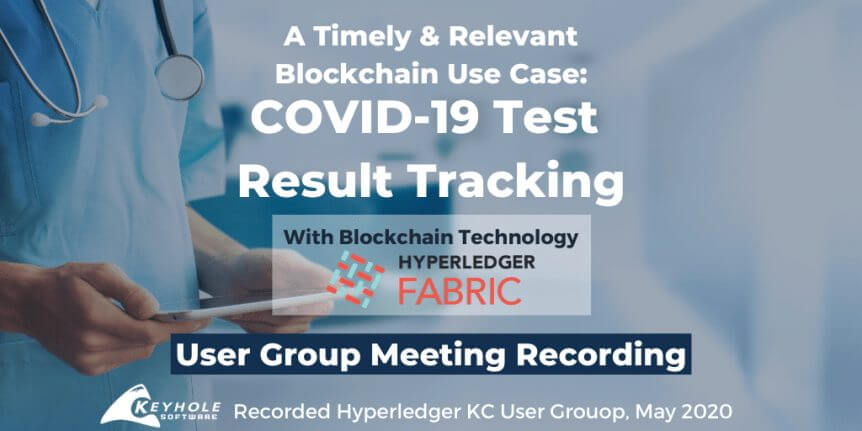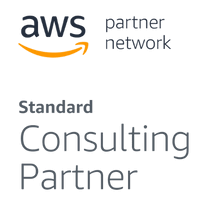In this post, we share predictions of the ChatGPT paradigm shift’s effects on software developers, its current benefits for development process, and introduce a custom ChatGPT GUI application developed with Go and Fyne.
About the Author
[Video] A Timely & Relevant Blockchain Use Case: Tracking COVID-19 Patient Testing Data
Attention: This article was published over 6 years ago, and the information provided may be aged or outdated. While some topics are evergreen, technology moves fast, so please keep that in mind as you read the post.Recording Details This 55-minute video features Keyhole Principle Consultant David Pitt in May 2020 at the Hyperledger KC User Group sponsored by Keyhole Software. …
[Video] Where Blockchain Fits Into Enterprise Development
This 60-minute video features Keyhole Principle Consultant David Pitt in December 2019 at the Hyperledger KC User Group sponsored by Keyhole Software. Copyright Keyhole Software, 2019.
Hyperledger Fabric is a general-purpose blockchain framework that allows groups and consortiums to share data securely and with providence. Hyperledger Fabric has Java, Go, and Node.js SDKs that allow client applications to interact with an HLF network.
While you don’t need to be a hardcore programmer, understanding basic programming concepts will be helpful in understanding the subject matter.
In this video, Keyhole Software Principal Consultant David Pitt discusses where he feels blockchain fits into modern business applications and how they can be architected. He introduces Hyperledger Fabric, a permissioned blockchain framework, and shows how it can be used to benefit enterprise due to its tamper-proof and distributed nature. In this presentation, David also introduces an open-source reference blockchain with a real use case applicable to global data.
Go “On The Fly”
People that know me, know that I love to fly fish and tie flies. I made up the saying “Time flies when you’re tying flies.” It is true, just like when you are trying to solve a programming problem, time flies.
Over the past few years, we at Keyhole have utilized Docker (with assorted technologies) and have gotten up to speed on the Hyperledger blockchain framework. Something that all of these technologies have in common is the Go language. Go is the language used to implement Docker, Hyperledger, OpenShift, and many other system-level applications.
Personally, I like to peek under the hood to better understand the tools I’m using. That led me to learning about the Go language. And in my opinion, the best way to learn a language is to build something.
So, I built an application for fly tying videos. There are numerous fly tying tutorials on YouTube, so I built an application that allows them to be organized into virtual fly boxes and types.
In this blog, I will introduce you to the Go language. We’ll go over some of the key language concepts by walking through how the https://flytyerworld.com server-side API is implemented using Go.
Machine Learning: The Time is Now!
Machine Learning enables a system to automatically learn and progress from experience without being explicitly programmed. It’s a subset of the artificial intelligence (AI) technology space being applied and used throughout your everyday life. Think Siri, Alexa, toll booth scanners, text transcription of voicemails – these types of tools are used by just about everyone.
Image recognition and computer vision are also widely being used in production; recently just heard that Los Angeles, CA has made it illegal for law enforcement to use face recognition technology in its numerous public video cameras. The current state of the art allows real-time identification.
Interestingly, the algorithms and know-how for Machine Learning have been around for a long time. Artificial Intelligence was coined and researched as far back as the late 1950s, the advent of the digital computer, and expert systems and neural networks, that theoretically mimics how our brain learns.
The increase in Machine Learning production-ready applications started around 2012, with increased processing, bandwidth, and internet throughput power. This is important as deep learning algorithms like Neural Networks require lots of data and FPUs/GPUs to train.
In this blog, we introduce a conceptual overview of Neural Networks with a simple Neural Net code example implementation using Go. We will interact with it by building a ReactJS interface and train the Neural Network to recognize hand-drawn images of the numbers 0-9. Let’s dive in….










